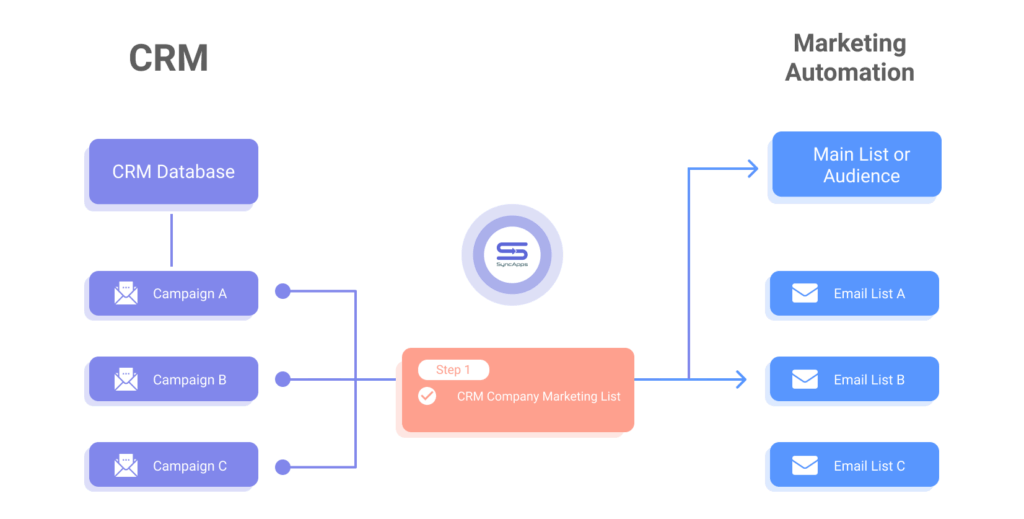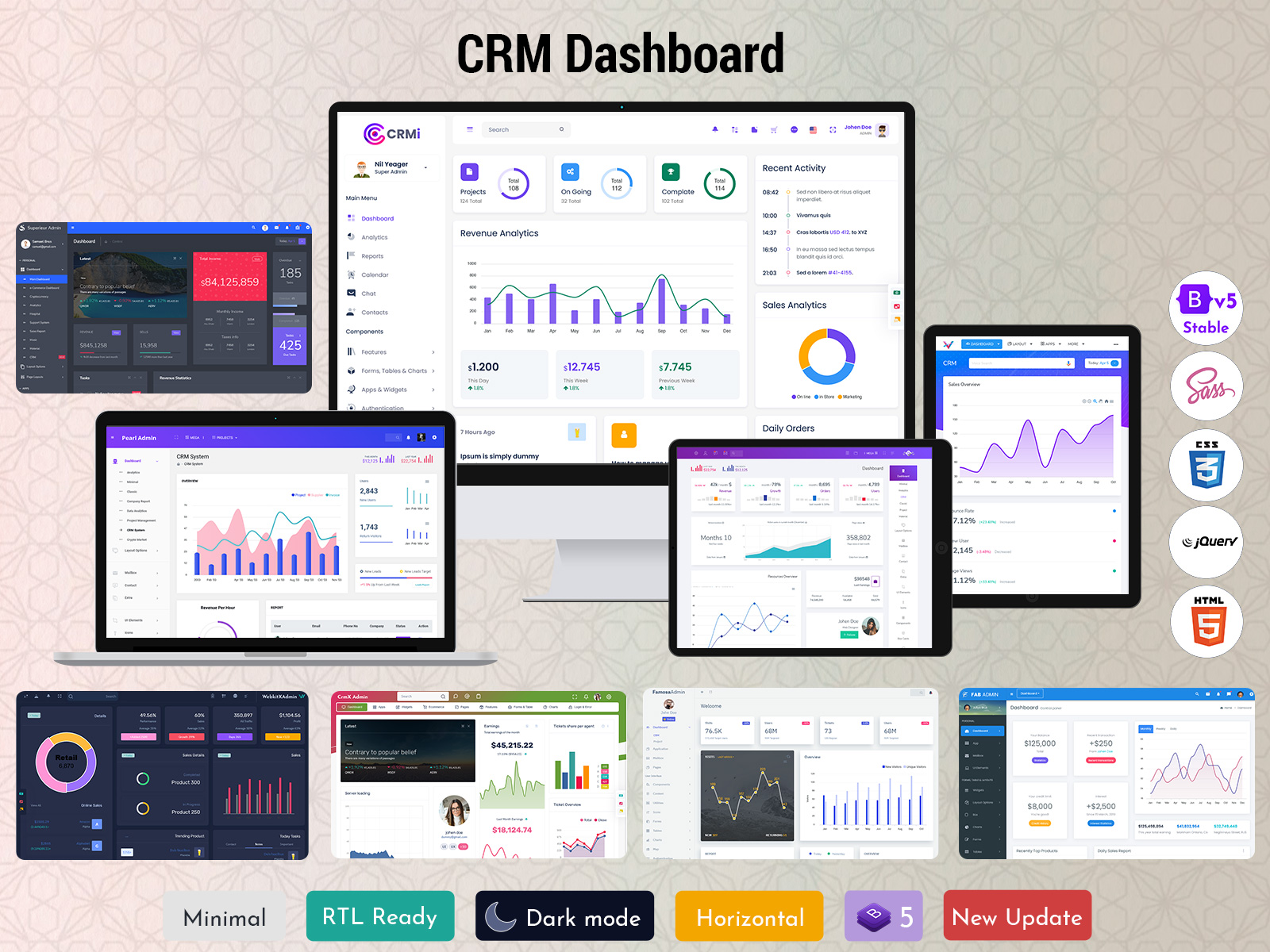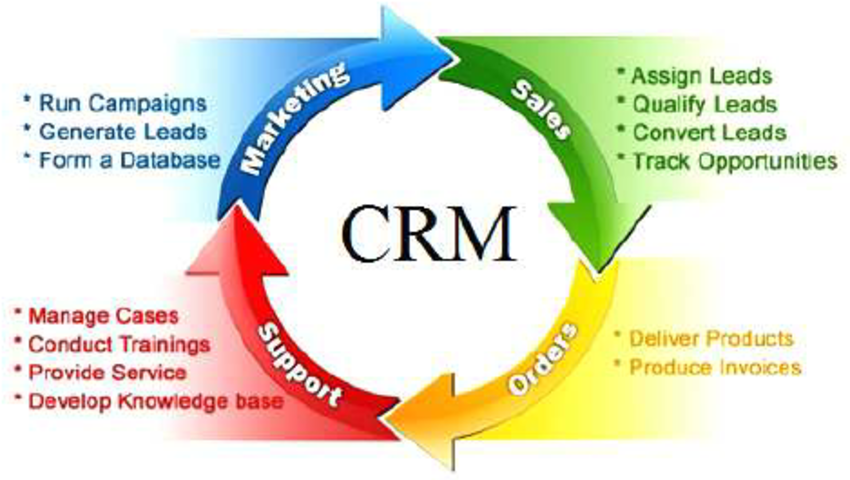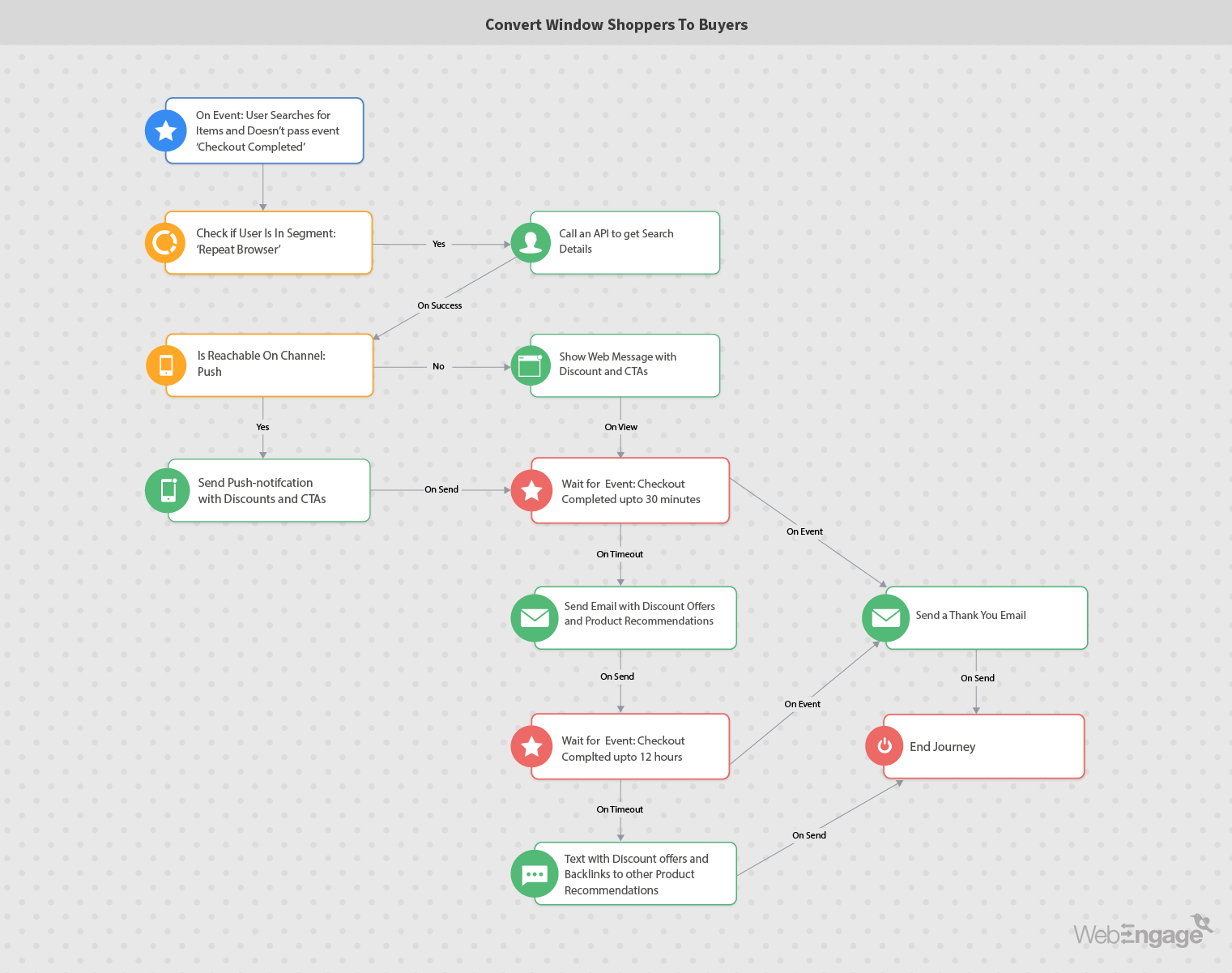
Unlocking the Power of CRM Marketing Segmentation
In today’s hyper-competitive business landscape, understanding your customers is no longer a luxury; it’s a necessity. Customer Relationship Management (CRM) systems have become indispensable tools for businesses of all sizes, offering a centralized hub for managing customer interactions and data. But simply having a CRM isn’t enough. The true power lies in how you leverage the data within it. This is where CRM marketing segmentation comes into play, transforming raw customer data into actionable insights and driving significant improvements in customer engagement, marketing ROI, and overall business growth.
This comprehensive guide delves into the intricacies of CRM marketing segmentation, providing you with the knowledge and strategies to effectively segment your customer base, personalize your marketing efforts, and achieve remarkable results. We’ll explore the fundamental principles, practical techniques, and real-world examples to equip you with the tools you need to succeed.
What is CRM Marketing Segmentation?
At its core, CRM marketing segmentation is the process of dividing your customer base into distinct groups based on shared characteristics. These characteristics can range from demographic factors like age and location to behavioral patterns like purchase history and website activity. The goal is to create more targeted and relevant marketing campaigns that resonate with specific customer segments, leading to higher engagement rates, improved conversion rates, and increased customer loyalty.
Think of it like this: you wouldn’t send the same generic email to every person on your list, would you? That’s where segmentation comes in. By understanding the unique needs, preferences, and behaviors of different customer groups, you can tailor your messaging, offers, and overall customer experience to maximize its impact.
Why is CRM Marketing Segmentation Important?
The benefits of CRM marketing segmentation are numerous and far-reaching. Here are some of the key advantages:
- Improved Marketing ROI: By targeting specific customer segments with relevant messaging, you can significantly reduce wasted marketing spend and increase the likelihood of conversions.
- Enhanced Customer Engagement: Personalized communication that addresses individual customer needs and preferences leads to higher engagement rates and stronger customer relationships.
- Increased Conversion Rates: Tailoring offers and content to specific segments increases the chances of converting leads into customers and customers into repeat buyers.
- Greater Customer Loyalty: When customers feel understood and valued, they are more likely to remain loyal to your brand. Segmentation helps foster this sense of connection.
- Better Customer Experience: Segmentation allows you to deliver a more personalized and relevant customer experience, leading to increased satisfaction and positive word-of-mouth referrals.
- More Efficient Sales Processes: By understanding which segments are most likely to convert, your sales team can prioritize their efforts and close deals more efficiently.
- Product Development and Innovation: Segmentation provides valuable insights into customer needs and preferences, which can inform product development and innovation efforts.
Key Steps to Successful CRM Marketing Segmentation
Implementing effective CRM marketing segmentation requires a structured approach. Here are the key steps to follow:
1. Define Your Objectives
Before you dive into segmentation, it’s crucial to define your goals. What do you want to achieve through segmentation? Are you looking to increase sales, improve customer retention, or launch a new product? Having clear objectives will guide your segmentation strategy and help you measure your success.
2. Gather Customer Data
The foundation of any successful segmentation strategy is data. You need to gather as much relevant information about your customers as possible. This data can come from various sources, including:
- CRM System: This is your primary source of customer data, including contact information, purchase history, and interaction history.
- Website Analytics: Track website activity, such as page views, time on site, and downloads.
- Social Media: Monitor social media interactions, including likes, shares, and comments.
- Surveys: Conduct surveys to gather customer feedback and insights.
- Customer Service Interactions: Analyze customer service interactions to identify common issues and customer preferences.
- Third-Party Data Providers: Consider using third-party data providers to supplement your existing data with demographic and psychographic information.
3. Choose Your Segmentation Criteria
Once you’ve gathered your data, it’s time to choose the criteria you’ll use to segment your customer base. There are various segmentation variables you can use, including:
- Demographic Segmentation: Based on characteristics like age, gender, income, education, occupation, and location.
- Geographic Segmentation: Based on location, such as country, region, city, or even neighborhood.
- Psychographic Segmentation: Based on lifestyle, values, attitudes, interests, and personality traits.
- Behavioral Segmentation: Based on customer behavior, such as purchase history, website activity, product usage, brand loyalty, and engagement with marketing campaigns.
- Needs-Based Segmentation: Based on customer needs and the benefits they seek from your products or services.
The best segmentation strategy often involves using a combination of these variables to create highly targeted segments.
4. Segment Your Customer Base
Using the segmentation criteria you’ve chosen, divide your customer base into distinct segments. You can use your CRM system’s segmentation features, or you can use other tools like spreadsheets or dedicated segmentation software. It’s important to define each segment clearly, giving it a name and describing its key characteristics.
5. Analyze Your Segments
Once you’ve segmented your customer base, analyze each segment to understand its unique characteristics, needs, and behaviors. This analysis will help you tailor your marketing efforts to each segment effectively. Consider the following questions:
- What are the demographics of this segment?
- What are their interests and preferences?
- What products or services do they purchase?
- How do they interact with your brand?
- What are their pain points and needs?
6. Develop Targeted Marketing Campaigns
Based on your segment analysis, develop targeted marketing campaigns for each segment. This includes tailoring your messaging, offers, and content to resonate with each segment’s specific needs and preferences. Consider the following:
- Personalized Messaging: Use language and tone that aligns with each segment’s characteristics.
- Relevant Offers: Offer products, services, or promotions that are relevant to each segment’s needs.
- Targeted Content: Create content that addresses each segment’s pain points and interests.
- Channel Selection: Choose the marketing channels that each segment is most likely to use.
7. Implement and Monitor Your Campaigns
Implement your targeted marketing campaigns and track their performance. Use your CRM system and other analytics tools to monitor key metrics, such as:
- Click-through rates
- Conversion rates
- Customer engagement
- Sales revenue
- Customer lifetime value
Regularly analyze your results and make adjustments to your campaigns as needed to optimize their performance.
8. Refine and Iterate
CRM marketing segmentation is not a one-time process. It’s an ongoing cycle of refinement and iteration. Continuously monitor your results, analyze your segments, and adjust your strategies based on your findings. As your business evolves and your customer base changes, you’ll need to adapt your segmentation strategy to stay relevant and effective.
Types of CRM Marketing Segmentation
There are various ways to segment your customer base. Here are some of the most common types:
Demographic Segmentation
This is one of the most basic forms of segmentation, using demographic factors like age, gender, income, education, and location. While it’s a good starting point, it’s often not enough on its own. For instance, two people might be the same age, but have vastly different interests and buying behaviors.
Geographic Segmentation
This focuses on location, such as country, region, city, or even neighborhood. It’s particularly useful for businesses with a physical presence or those that offer location-based services. You can tailor your marketing messages to specific geographic areas, taking into account local preferences and cultural nuances.
Psychographic Segmentation
This delves deeper into customer’s lifestyles, values, attitudes, interests, and personality traits. It helps you understand what motivates your customers and what they care about. This type of segmentation can be very powerful, as it allows you to create highly personalized and emotionally resonant marketing campaigns.
Behavioral Segmentation
This is based on customer behavior, such as purchase history, website activity, product usage, brand loyalty, and engagement with marketing campaigns. It’s one of the most effective segmentation methods, as it’s based on actual customer actions. You can identify segments based on frequency of purchase, recency of purchase, average order value, and more.
Needs-Based Segmentation
This focuses on customer needs and the benefits they seek from your products or services. It involves understanding the problems customers are trying to solve and how your products or services can help them. This allows you to create highly relevant and compelling marketing messages that address specific customer needs.
Tools and Technologies for CRM Marketing Segmentation
Several tools and technologies can help you with CRM marketing segmentation:
- CRM Systems: The core of your segmentation efforts. Popular options include Salesforce, HubSpot, Microsoft Dynamics 365, and Zoho CRM.
- Marketing Automation Platforms: Integrate with your CRM to automate your marketing campaigns and personalize your customer interactions. Examples include Marketo, Pardot, and ActiveCampaign.
- Customer Data Platforms (CDPs): Centralize customer data from multiple sources, providing a unified view of your customers.
- Data Analytics Tools: Use tools like Google Analytics, Tableau, and Power BI to analyze your customer data and gain insights.
- Segmentation Software: Specialized software designed specifically for customer segmentation, offering advanced features and capabilities.
Real-World Examples of CRM Marketing Segmentation
Let’s explore some real-world examples of how businesses are using CRM marketing segmentation to achieve success:
Example 1: E-commerce Retailer
An e-commerce retailer segments its customer base based on purchase history, website activity, and demographics. They create the following segments:
- High-Value Customers: Customers who have made frequent purchases and spent a significant amount of money. They receive exclusive offers, early access to new products, and personalized recommendations.
- New Customers: Customers who have made their first purchase. They receive welcome emails, onboarding content, and special discounts to encourage repeat purchases.
- Abandoned Cart Shoppers: Customers who added items to their cart but didn’t complete the purchase. They receive automated emails with reminders, special offers, and links to complete their purchase.
- Loyal Customers: Customers who have made a certain number of purchases over a period of time. They receive loyalty program benefits, such as points, discounts, and free shipping.
Example 2: SaaS Company
A software-as-a-service (SaaS) company segments its customer base based on usage patterns, company size, and industry. They create the following segments:
- Free Trial Users: Users who are using the free trial version of the software. They receive onboarding emails, tutorials, and special offers to encourage them to upgrade to a paid plan.
- Small Business Customers: Customers who are small businesses. They receive tailored pricing, features, and support options designed for their needs.
- Enterprise Customers: Customers who are large enterprises. They receive dedicated account managers, custom onboarding, and enterprise-level support.
- Churn Risk Customers: Customers who are showing signs of churn, such as declining usage or lack of engagement. They receive proactive outreach, special offers, and support to prevent them from canceling their subscription.
Example 3: Financial Services Company
A financial services company segments its customer base based on age, income, and financial goals. They create the following segments:
- Young Professionals: Customers in their 20s and 30s. They receive educational content on financial planning, budgeting, and investing.
- Retirees: Customers who are retired or approaching retirement. They receive information on retirement planning, investment strategies, and estate planning.
- High-Net-Worth Individuals: Customers with significant assets. They receive personalized financial advice, wealth management services, and access to exclusive investment opportunities.
- First-Time Homebuyers: Customers looking to purchase their first home. They receive information on mortgages, home buying process, and financial assistance programs.
Best Practices for CRM Marketing Segmentation
To maximize the effectiveness of your CRM marketing segmentation efforts, follow these best practices:
- Start Small: Don’t try to segment your entire customer base at once. Start with a few key segments and expand as you gain experience.
- Keep it Simple: Avoid creating too many segments, as this can make it difficult to manage your campaigns.
- Focus on Actionable Segments: Create segments that you can actually target with relevant marketing campaigns.
- Use a Variety of Data Sources: Gather data from multiple sources to get a comprehensive view of your customers.
- Test and Optimize: Continuously test and optimize your segmentation strategies to improve their performance.
- Personalize Your Messaging: Tailor your messaging to each segment’s specific needs and preferences.
- Automate Your Campaigns: Use marketing automation tools to streamline your segmentation and campaign execution.
- Measure Your Results: Track key metrics to measure the effectiveness of your segmentation efforts.
- Stay Up-to-Date: Keep abreast of the latest trends and best practices in CRM marketing segmentation.
Overcoming Challenges in CRM Marketing Segmentation
While CRM marketing segmentation offers tremendous benefits, it can also present some challenges. Here are some common hurdles and how to overcome them:
- Data Quality Issues: Inaccurate, incomplete, or outdated data can undermine your segmentation efforts. Regularly clean and update your customer data.
- Data Silos: Data scattered across different systems can make it difficult to get a complete view of your customers. Integrate your data sources to create a unified customer view.
- Lack of Resources: Implementing and managing a segmentation strategy requires time, effort, and resources. Allocate sufficient resources to your segmentation efforts.
- Resistance to Change: Some team members may be resistant to adopting new segmentation strategies. Educate your team on the benefits of segmentation and provide them with training and support.
- Complexity: Creating and managing complex segmentation strategies can be challenging. Start with simpler segments and gradually increase complexity as you gain experience.
- Privacy Concerns: Be mindful of customer privacy regulations and obtain consent before collecting and using customer data.
The Future of CRM Marketing Segmentation
The future of CRM marketing segmentation is bright, with several emerging trends shaping the landscape:
- Artificial Intelligence (AI) and Machine Learning (ML): AI and ML are being used to automate segmentation, personalize customer interactions, and predict customer behavior.
- Hyper-Personalization: Going beyond basic segmentation to create highly personalized experiences for individual customers.
- Real-Time Segmentation: Segmenting customers in real-time based on their current behavior.
- Cross-Channel Personalization: Delivering personalized experiences across multiple channels, such as email, website, social media, and mobile.
- Focus on Customer Lifetime Value (CLTV): Optimizing segmentation strategies to maximize customer lifetime value.
Conclusion: Embrace the Power of Segmentation
CRM marketing segmentation is a powerful strategy that can transform your marketing efforts and drive significant business growth. By understanding your customers, tailoring your messaging, and delivering personalized experiences, you can build stronger customer relationships, increase conversion rates, and boost your marketing ROI. Embrace the power of segmentation and unlock the full potential of your CRM system. Start small, iterate, and continuously refine your strategies to achieve remarkable results. The future of marketing is personalized, and CRM marketing segmentation is the key to unlocking that future.


